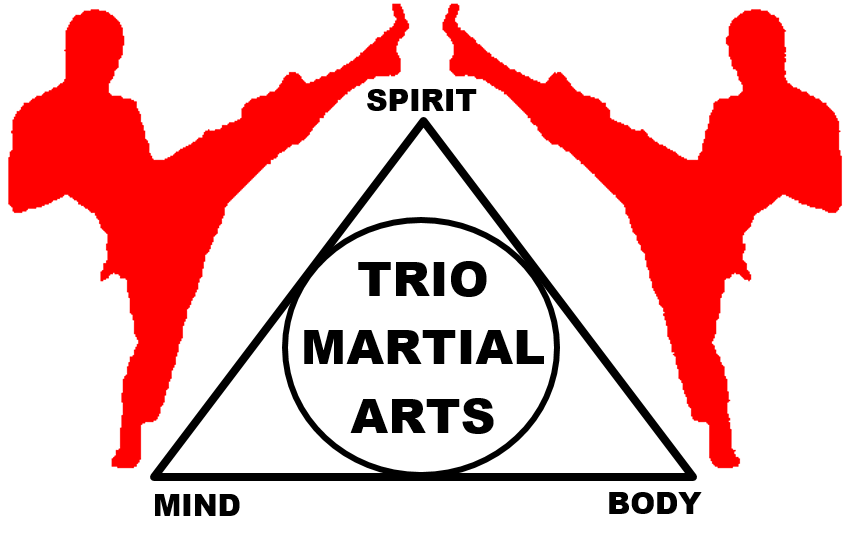|
Author: Bret Gordon  For as long as codified martial systems have existed, and probably longer, some of the most prominent martial artists have also been healers and physicians. It's only natural that those who study how to destroy the body become experts in how to fix it. In our system of American Yoshinkan Aiki Jujutsu, the study of Kappo (healing methods) is essential to becoming an instructor. Injuries are an inevitable part of training, and having the ability to tend to them quickly makes a drastic change in the overall outcome of the situation. Beyond the normal CPR and First Aid certifications every martial artist should have, we teach the following as part of our Kappo training:
 So what are Kiko and Reiki? First, we must understand the foundation of both modalities, Ki 気. Literally translated as "life energy," no term has caused more controversy in the martial arts than Ki (Chi/Qi in Chinese). When I discuss Ki, I am not discussing some mystical force but rather the essential elements of life: blood, oxygen, lymph, and electricity. The character itself is essentially a drawing of boiling rice in a pot. "Where the translation of Ki as energy comes from is the fact that the energy from the fire below the stove boils the water which produces energy from the steam. This type of combustion is the basis for steam engines. However, it is not just the energy that causes the lid of the pot to lift. It is the relationship between the fire, the stove, the pot, the water, the steam, and the lid that makes it all work together. To this end, Ki is best translated as 'relationship' as opposed to 'energy.'"[1] Kiko, more commonly known by its Chinese name Qigong, are breathing and meditation exercises that serve numerous purposes. Through specific breathing methods and movement patterns, you can help oxygenate your blood which pushes fresh nutrients throughout the body and flushes out any stagnation that would otherwise cause infection and/or inflammation. There are both healing and martial Kiko patterns. The martial patterns, utilizing both proper breathing techniques and visualization, help to develop neural pathways that cultivate the aiki body. I write a lot more on this in the article series "Is This Aiki?" (click here for part 1), so we'll stay focused on the healing aspects. Kiko is not unique to the internal arts (Aiki Jujutsu, Taijiquan, Baguazhang, etc.) but can even be found in modern Karatedo training. Sanchin and Tensho kata, found in Goju Ryu, are forms of Kiko. While all classical Karate kata have martial applications, Sanchin and Tensho specifically focus on breathing methods to pressurize the body and release tension, respectively.  Dr. Mikao Usui Dr. Mikao Usui While Kiko is fairly mainstream in the martial arts community, Reiki is something else entirely and often dismissed as mystical nonsense alongside no-touch knockouts. In fairness, like mainstream Aiki, reiki practitioners have no one to blame for this but themselves and their lack of understanding. Part of the New Age movement, where everyone pretends to be a spiritual guru, Reiki is often taught in short-term courses where over the span of a weekend in a room filled with crystals and smelling of white sage and patchouli, you can become a "Reiki Master." But if it's not the healing modality of "light workers" and yoga pants, what is true Reiki? Reiki was codified by Dr. Mikao Usui in the 1920s but is based on healing practices that is ingrained in human biology. Nearly every culture going back to antiquity has described using the laying-on of hands in some manner for healing purposes. That is the foundation of Reiki. If you have ever bumped your elbow and immediately grabbed onto it to soothe the pain, you have done Reiki. Instinctively we understand that this touch creates warmth, which increases the blood flow to the area and, like the breathing exercises of Kiko, brings fresh oxygen and nutrients to assist in healing the injury. It also helps to calm the nerves in the area that are sending pain signals to the brain, easing the sensation as the pain subsides. Of course, that is just scratching the surface of Reiki and the modality was certainly created for more than easing the pain when you bump your elbow. Applying pressure to an open wound to promote coagulation, which expedites the healing process, is another rudimentary form of Reiki. Going beyond reducing recovery time after an injury, studies show that Reiki is helpful in reducing pain in those with severe medical conditions, including cancer (click here for source). Oncologists and heart surgeons across the world are embracing Reiki, which has been integrated into the hospital setting with more than 900 hospitals offering it in Australia, the US, UK, Ireland, Brazil, and Mexico. Reiki is offered in children’s hospitals, Emergency Rooms, Pre-Op, Operating rooms, Post Op, Oncology, Cardiology, Orthopedics, Internal Medicine, and Palliative Care (click here for source). Of course, many experiences with the use of Reiki as a form of medical treatment are anecdotal and it may be some time before a comprehensive understanding becomes mainstream. In fairness, there have been studies where the results were mixed or inconclusive as to how effective Reiki was. However, in no instance has Reiki been found to be physically harmful and recipients almost universally report a decrease in anxiety and stress regarding their physical condition. Which brings me to my next point. In part 2, we'll explore where mainstream Reiki practice does go wrong in its use as a tool for emotional and spiritual healing. Stay tuned... [1] Duplantis, Fr. Daniel. Jesus In The Dojo: A Christian Pedagogy of Martial Arts, p. 100-101
0 Comments
Your comment will be posted after it is approved.
Leave a Reply. |


